(1039 products available)









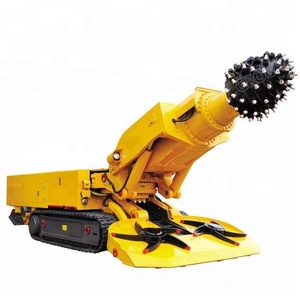








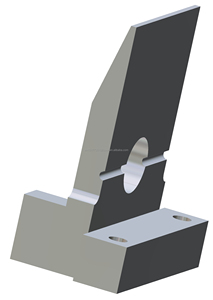
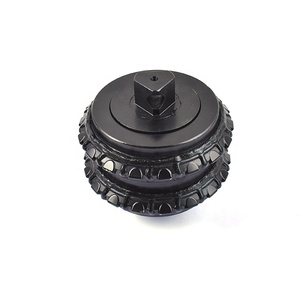
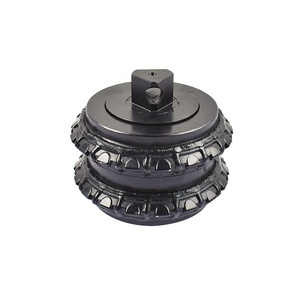


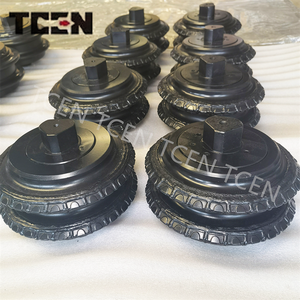
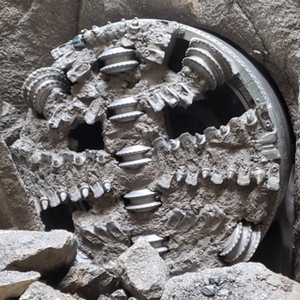




















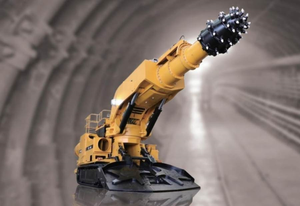

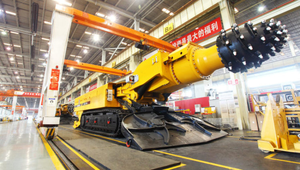







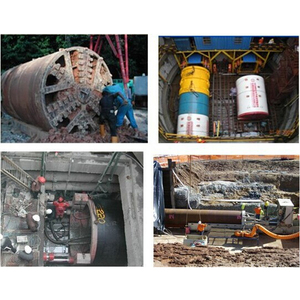










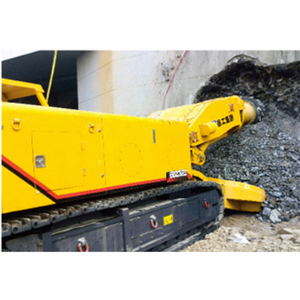

















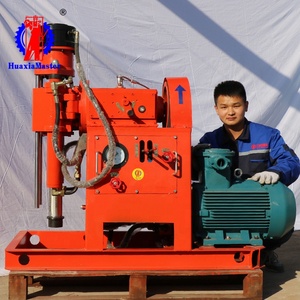

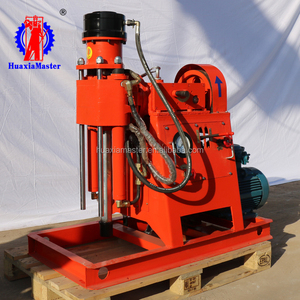


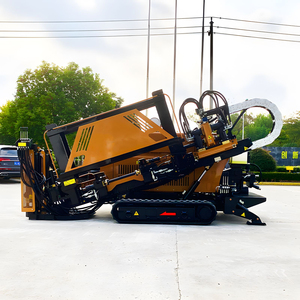
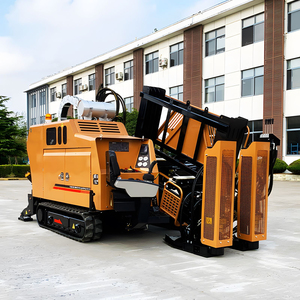

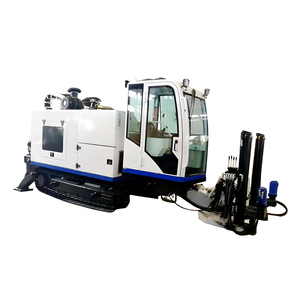
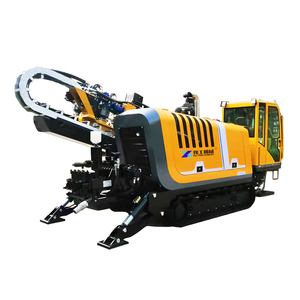
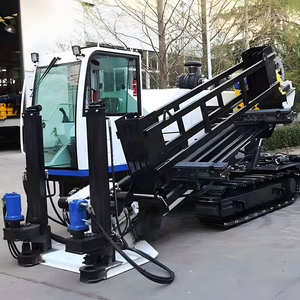

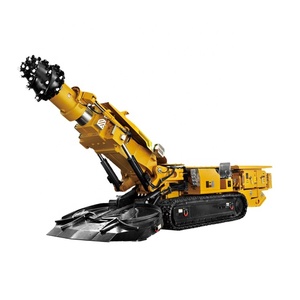





















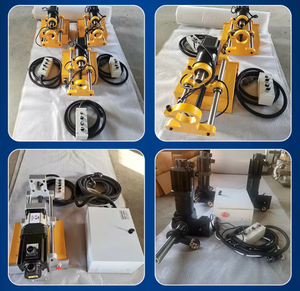
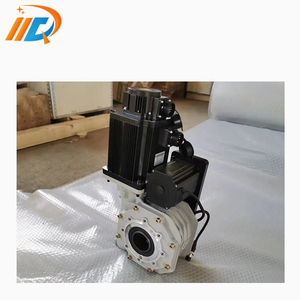
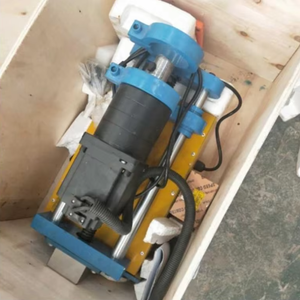



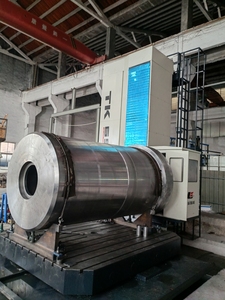














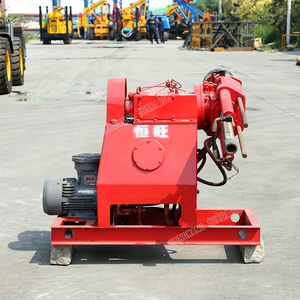

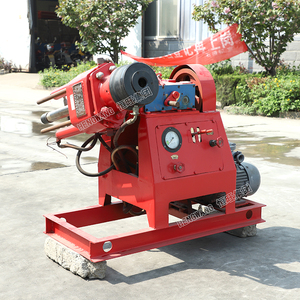
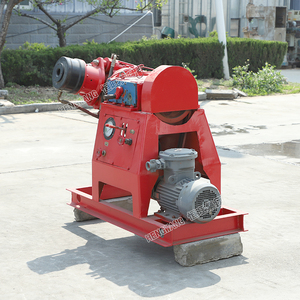








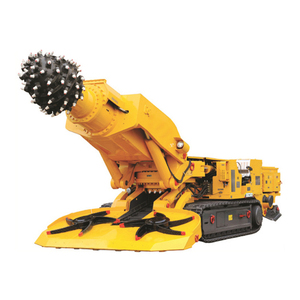










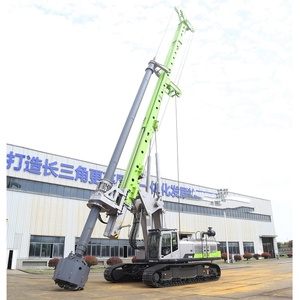
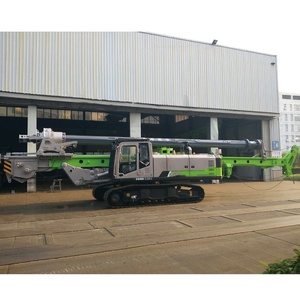


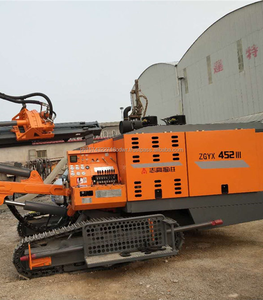



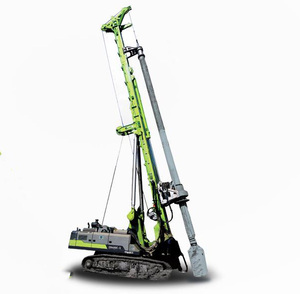


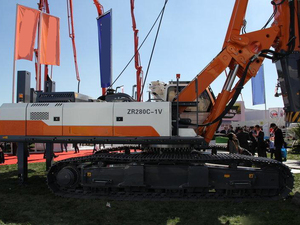








The parts of tunnel boring machines are specialized components designed to excavate tunnels in a wide range of geological conditions.
Cutterhead
The cutterhead is the most critical component of a tunnel-boring machine. It is a large rotating wheel positioned at the front of the machine and is equipped with various cutting tools, such as disc cutters, knives, and water jets. The primary function of the cutterhead is to break up the tunnel face material, which can consist of soil, rock, or a combination of both. As the cutterhead rotates, it moves laterally, vertically, and circumferentially to effectively and evenly cut the material.
Support System
The Support System is used to hold up the sides of the newly excavated tunnel. It is typically made of steel or concrete and can be in the form of a dome, cantilever, or girt. Different types of support systems can be used, depending on the soil conditions and tunnel shape.
Usually, tunnels that have loose soil around them will need supports that can be moved quickly, like steel ribs. If the soil is solid, then heavy concrete walls can be used because they won't need to be moved as much. Domes mean that the support is curved, and girders are more like beams, whereas cantilevers stick out sideways. No matter what kind is used, the support system is critical for keeping the tunnel from collapsing while it is being dug out. By always supporting the tunnel, these systems help make sure the boring machine can keep working safely to dig more.
Conveyor System
The conveyor system is used to move the excavated materials, also known as muck, away from the tunnel face. Once the muck is discharged from the tunnel, it falls onto a conveyor belt, which is then transported to a designated disposal area. The conveyor system may include belting and muck buckets. This system efficiently removes the excavated material from the work area and helps maintain a clean and safe tunneling operation.
Typical muck types include:
Shield
The shield is a protective structure at the front of a tunnel-boring machine. It performs two main jobs: first, it protects the cutting head and tools from any tough or surprising materials that may be encountered underground. Second, it provides support to keep the tunnel shape stable as it is being excavated, stopping the tunnel from collapsing inwards.
Shields can be of various designs. They may have fixed diameters or be able to extend or contract as needed during the tunneling process.
Regular maintenance of the tunnel boring machine parts is very important for the proper functioning, safety, and longevity of the boring machine.
TBMs, as said earlier, are typically used for boring tunnels in the following areas:
Transport tunnels
For creating tunnels for roads, highways, railways, and subways burrowed in urban areas and under existing infrastructures. The TBM helped provide safer alternatives for tunnel construction in dense urban areas.
Mines
For excavating vertical shafts and ore bodies and creating tunnels for ventilation, drainage, and transport within mines.
Hydraulic tunnels
For excavating tunnels related to water transport, flood control, and drainage systems, as well as tunnels for pipelines and sewage systems.
Utility tunnels
For creating tunnels for electrical cables, water pipes, gas lines, and other utility conduits, often referred to as underground service corridors.
Metrical depth
For digging tunnels at great depths, such as those required for underwater crossings, deep metro lines, or geological storage sites.
Soft ground
TBM design and construction techniques are applied to bore tunnels in soft ground, such as clay, silt, sand, and loam, whereTBMs equipped with mixed-shield systems can be used.
In addition, several mega projects around the world have featured the use of tunnel boring machines:
The São Paulo Metro Expansion (Brazil):
In São Paulo, Brazil, the city is expanding its metro system to reduce traffic congestion and improve public transportation. The TBM is used to bore tunnels for new metro lines, ensuring efficient and cost-effective tunnel construction.
The Crossrail Project (England):
Crossrail is a major infrastructure project in London, creating a new east-west railway line called the Elizabeth Line. The project involves tunneling under central London using tunnel boring machines (TBMs) to excavate tunnels for the new railway.
The Gotthard Base Tunnel (Switzerland):
The Gotthard Base Tunnel is a significant transportation project in Switzerland. Once completed, it became the world's longest railway and the deepest of its kind, featuring a length of over 57 kilometers (35 miles) and set a new record for tunnel construction.
The A3 AlpTransit Tunnel (Switzerland):
The A3 AlpTransit Tunnel, also known as the Gotthard Rail Base Tunnel, is a major railway tunnel project in Switzerland. It features two parallel tunnels running for 57 kilometers (35 miles) through the Swiss Alps. Construction of the tunnel began in 1999, and it was completed in 2016, setting new records for tunnel boring technology.
The Seikan Tunnel (Japan):
The Seikan Tunnel is a rail tunnel in Japan that spans the Tsugaru Strait, linking the main islands of Honshu and Hokkaido. Completed in 1988, the Seikan Tunnel is one of the longest underwater tunnels in the world, measuring 53.85 kilometers (33.5 miles) in length. Approximately 23.5 kilometers (14.6 miles) of the tunnel are beneath the sea.
Before investing in a tunnel boring machine, buyers must first understand what type of machine will suit their project. Attempting to replace parts of the TBM may lead to delays in project completion, so it is vital to purchase a machine that will fulfill all requirements.Bore diameter, geology, and project type are all important factors in choosing the right tunnel boring machine.
Q1: How can buyers find tunnel machine suppliers on Chovm?
A1: Buyers can use the search bar to look for specific tunnel machine parts they want and filter the results according to the recommended suppliers, production capacity, supplier location, and more.
Q2: What are the modern trends in tunnel boring machines?
A2: The industry is moving toward bigger, smarter, and more efficient machines. There is also an emphasis on reducing environmental impact. More machines are being developed with the capacity to handle complex urban infrastructure needs.
Q3: What are the challenges faced by tunnel boring machines?
A3: Some of the main challenges for TBMs are dealing with fluctuating material costs, finding skilled operators, and ensuring machines are maintained properly to function optimally.
Q4: What are some ways to improve the efficiency of tunnel boring machines?
A4: Some of the ways to increase TBM efficiency include choosing the right type of machine for the project, ensuring proper maintenance of all parts, and optimizing the speed of boring.